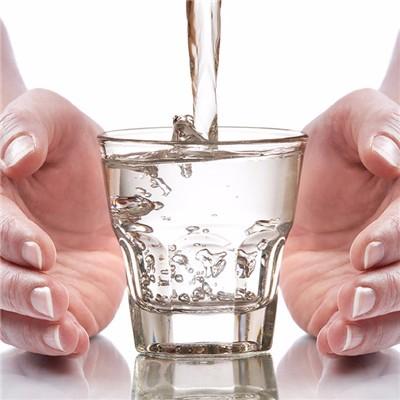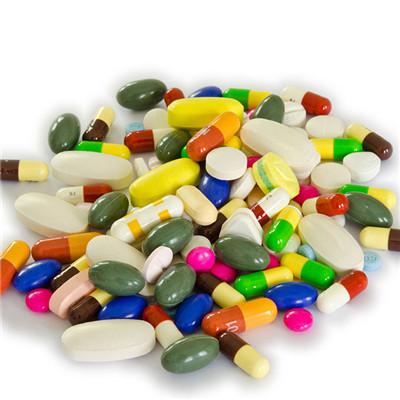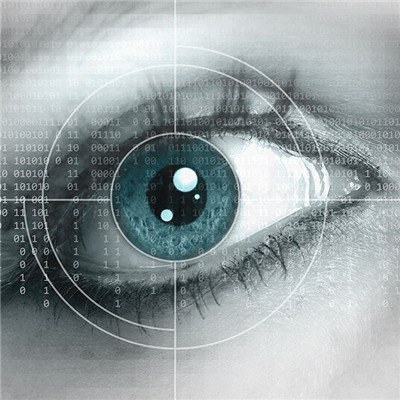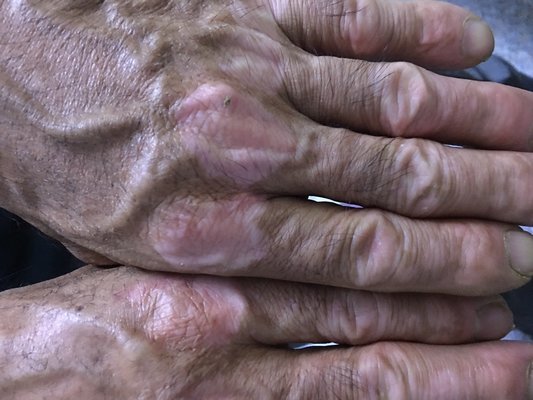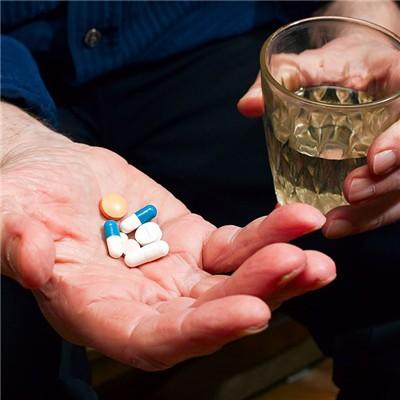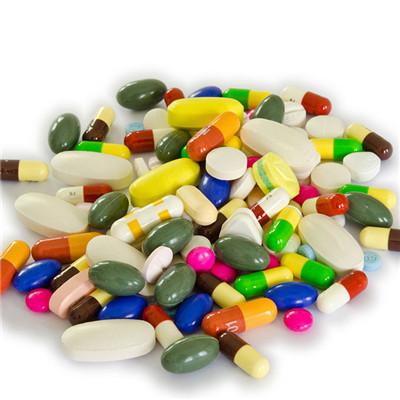Early symptoms of cholangitis?
summary
After non-surgical treatment of cholangitis, the acute inflammation was controlled, but the primary causes in the bile duct (such as intrahepatic and extrahepatic bile duct stones, biliary ascariasis or sphincter of Oddi stenosis) were not solved, and the inflammatory lesions in the bile duct became chronic. The bile duct wall was thickened. Some patients showed chronic progressive intrahepatic and extrahepatic bile duct fibrosis, known as primary sclerosing cholangitis. Early symptoms of cholangitis? Let's talk about it.
Early symptoms of cholangitis?
First: the disease is often manifested as upper abdominal discomfort, pain, or colic attack, eating greasy food can aggravate upper abdominal pain, few fever and jaundice, abdominal signs are not obvious, only upper abdominal tenderness, gallbladder is not swollen. In case of acute attack, abdominal pain, chills, high fever and jaundice appear. In addition to Charcot's triad with acute cholangitis (abdominal pain, chills, high fever, jaundice), there are also manifestations of shock and inhibition of the central nervous system, which is called Reynolds' pentalogy.
Second: the onset of the disease is often sudden, sudden xiphoid or right upper abdomen severe, persistent pain. Then there is shivering and flaccid fever, the body temperature can exceed 40 ℃. Often accompanied by nausea, vomiting, jaundice, but the depth of jaundice and the severity of the disease may not be consistent. Nearly half of the patients had symptoms of central nervous system depression, such as restlessness, disturbance of consciousness, drowsiness and coma, and blood pressure often decreased. It often indicates that the patient has septicemia and septic shock, indicating that the condition is critical.
Third: it is divided into mild and severe: mild patients have discomfort, fatigue, anorexia, weight loss, abdominal pain, fever, jaundice, pruritus, but no symptoms and signs of portal hypertension. In severe patients, jaundice, hepatosplenomegaly, ascites, encephalopathy or esophageal variceal bleeding were obvious.
matters needing attention
(1) No matter whether the jaundice is serious or not, non-surgical treatment should be used. If there are appropriate conditions, liver transplantation should be performed to avoid invalid surgical treatment( 2) Local type, segmental type, extrahepatic bile duct > 4 mm, severe jaundice can be treated by operation( 3) The patients with complete bile duct occlusion or chronic obstructive jaundice, resulting in poor liver function and ascites and edema can be treated with non-surgical treatment first. When the effect is not significant, surgical exploration can be carried out, but the prognosis is poor.

